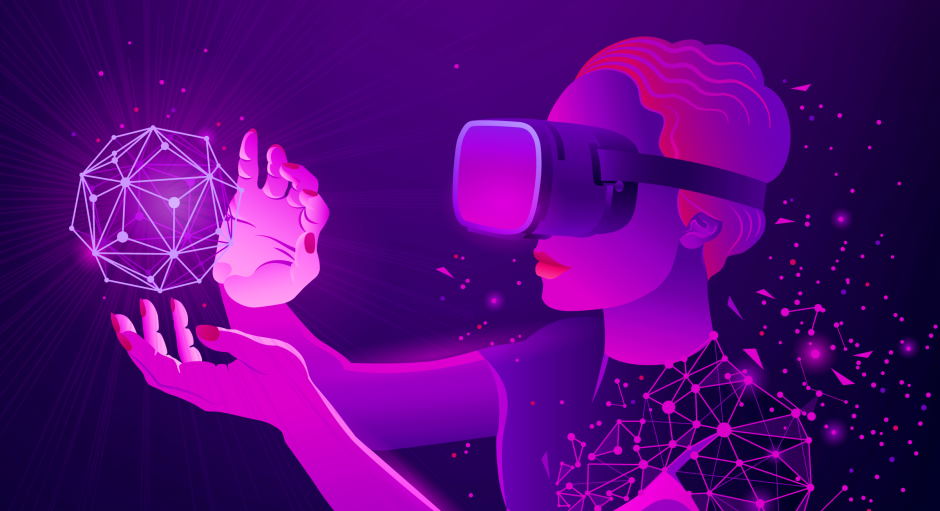There’s no doubt that virtual reality (VR) is one of the hottest topics in advertising and marketing today. But many marketers are still trying to figure out how to use VR in their campaigns. In this blog post, we’ll provide a guide for using VR in advertising, including tips on how to create VR content and how to target your viewers. We’ll also discuss the benefits of using VR in advertising and some of the challenges you may encounter. So if you’re ready to start using VR in your campaigns, read on!
The application of virtual reality technology in advertising
Virtual reality is a completely immersive experience that can transport users to different environments and give them a new perspective on things. Marketers can use VR to give their customers a unique and memorable experience that will leave a lasting impression.
There are a few ways that marketers can use VR in advertising. One way is by creating a VR experience that simulates the product or service that they are selling. For example, if you are selling a new car, you could create a VR experience that puts the user in the driver’s seat and lets them test drive the car before they buy it. This would allow potential customers to get a feel for the car before they make a purchase.

Another way to use VR in advertising is by creating an interactive experience that allows users to interact with your brand in a new way. For example, you could create a VR experience that puts users in a simulated store environment and lets them try out your products before they buy them. This would give customers a chance to see how your products work and feel before they commit to a purchase.
Finally, you can use VR in advertising to create an immersive brand experience that gives users a taste of what it would be like to use your product or service. For example, you could create a VR experience that simulates the use of your product or service. This would allow potential customers to get an idea of what it would be like to actually use your product or service.
No matter which approach you take, VR can be a powerful tool for marketing your business. If you want to create an unforgettable experience for your customers, VR is the way to go.

Virtual reality advertising communication
It is a new type of communication that allows users to immerse themselves in an experience that is realistic and engaging. It can be used to create brand awareness, deliver messages, and even sell products.
Virtual reality advertising communication is an immersive experience that can transport users to another place and time. It has the ability to evoke emotions and create a connection with the viewers. This type of communication is still in its infancy, but it shows great promise for businesses and organizations looking to connect with their audiences in a more personal way.
Some of the advantages of virtual reality advertising communication include:
Firstly, virtual reality provides an immersive experience that can engage consumers on an emotional level. This means that brands can create ads that will resonate with viewers and leave a lasting impression.
Secondly, virtual reality allows for more creative freedom when it comes to design and execution. This means that agencies and marketers can really push the boundaries in terms of what is possible, creating truly unique and memorable campaigns.
Finally, virtual reality provides an opportunity to reach out to new audiences who may be difficult to target through traditional channels. For example, VR can be used to target young people who are spending more time playing games and using social media than watching TV.
Overall, virtual reality offers a number of advantages for brands who are looking to create innovative and effective advertising campaigns.







